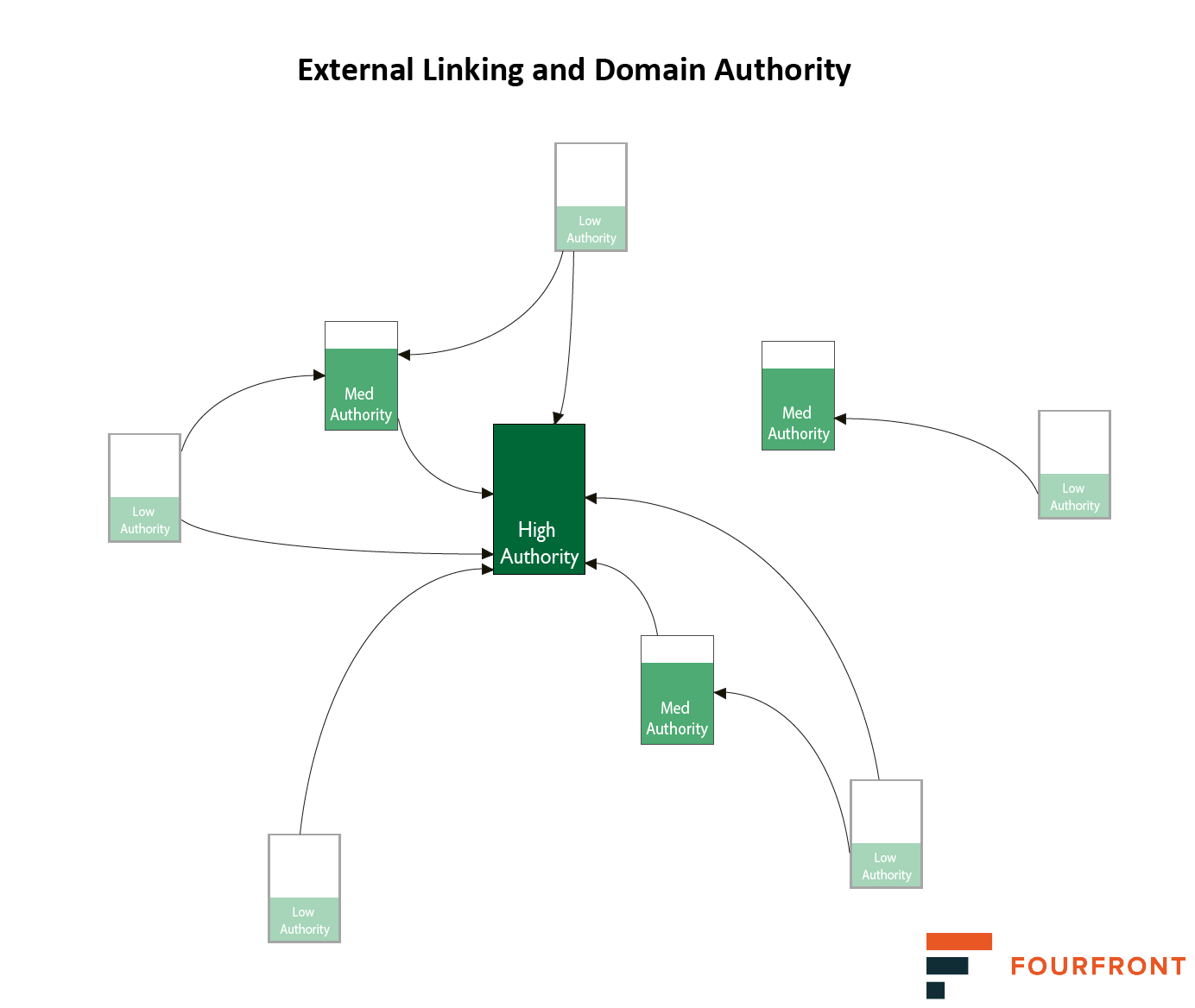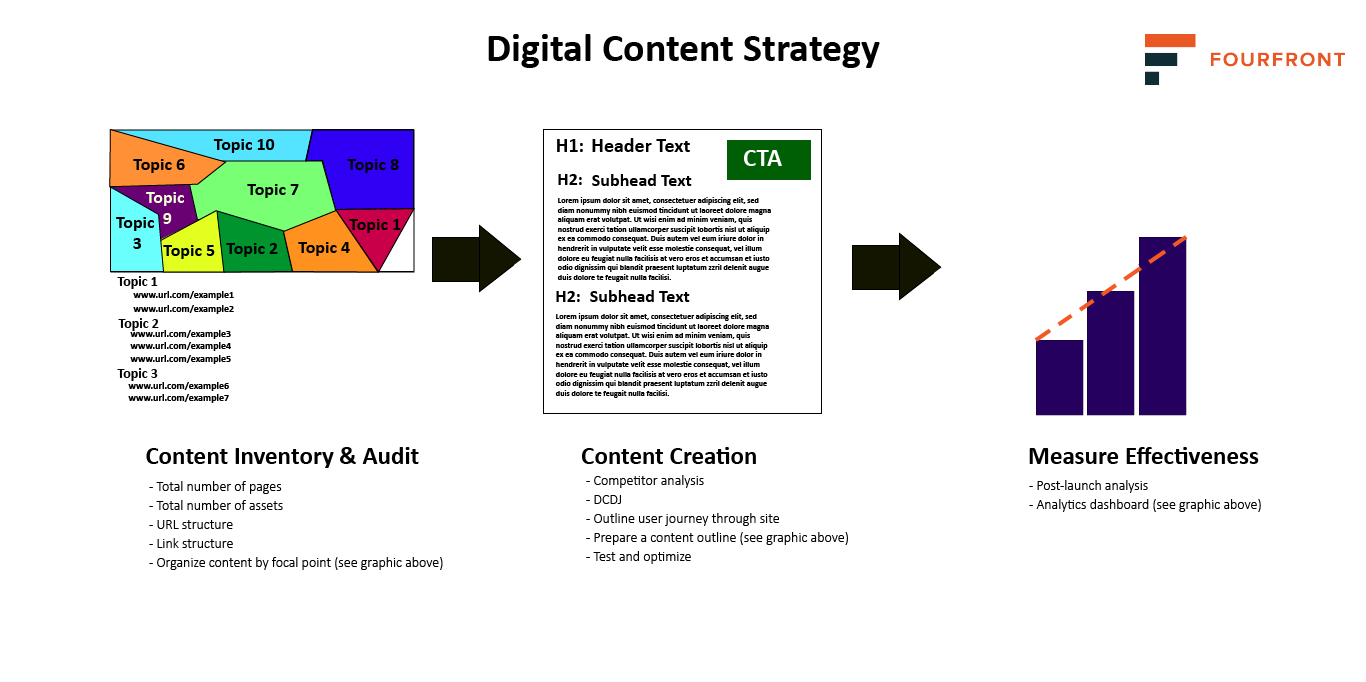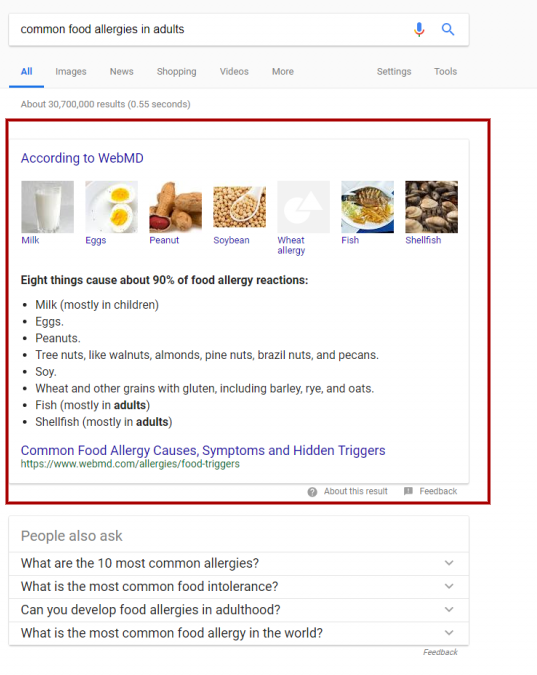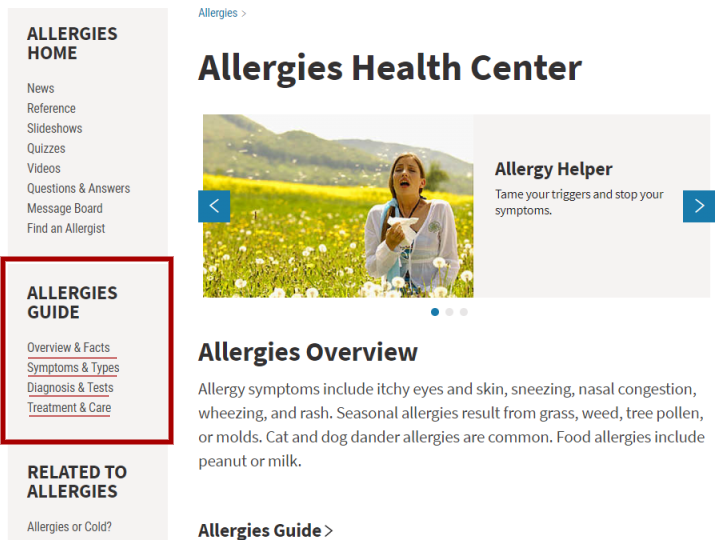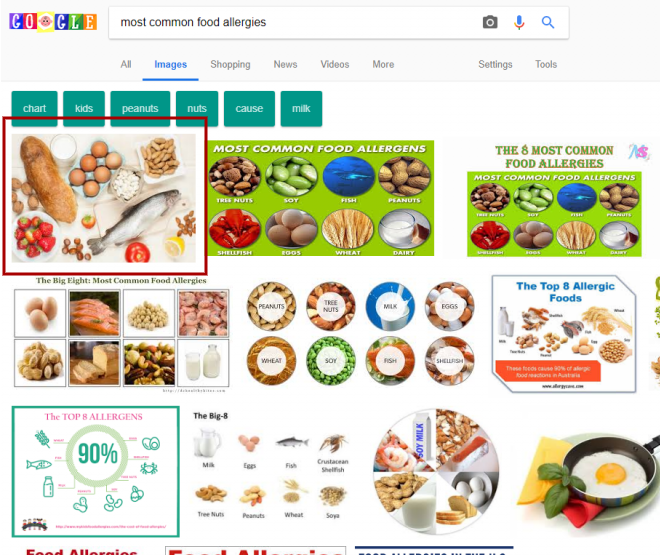Updated: Apr 26, 2019
What is an External Link?
An external link is a hyperlink in the text of your page that directs users away from your site. When other sites link externally to your site, then your page has received value.
In the original days of Google, there was a system of evaluating pages known as PageRank. In this system, links were counted similarly to votes for a page. The page with the most ‘votes’ was often considered the most valuable and would rank first.
This process was quickly manipulated by sites that would use backlink farms to feed a large number of links back to their site. Though Google tried to defend PageRank against this technique, more manipulations eventually led to a devaluation of links.
In modern SEO, external links are no longer one of the most valuable ranking factors. The number of factors has increased exponentially since then, to the point where the algorithm is nearly impossible to predict.
If you learn how to earn external links naturally, then you are on the way to developing organic, engaging content that Google will value above the competition.
Content-Forward External Link Strategy
As we have written before, a content-first SEO strategy is the most effective way to rank well in the long term. The strategy can be broken down into three steps:
By the end of the content strategy process, there should be a clear idea of how to build out content that best serves your target audience. Within this strategy, though, there is still room to optimize content in a way that attracts external links.
1. Answer the query
When conducting keyword research, it is important to separate the queries into a unique list for content creation. Responding to a query in the most clear and direct way possible (i.e. a list with images) is the best practice to show up as a rich snippet for that query. This is a great tactic when generally building out a content strategy, but it also serves to benefit an external linking strategy. Whenever content is written on that topic, the site deemed by Google to be the best answer to the query will be the one linked to most often.
2. Include deep assets
‘Deep assets’ is a term we use for pages that will exist beyond a basic landing page, and often address more specified content. For instance, WebMD has a landing page that defines allergies, but they went a step further and included a large number of deep assets to answer additional questions such as symptoms and treatment. Every medical site will include an allergy landing page, but not every site will have a ‘symptoms & types’ page with thorough content. Examples like this are why WebMD is linked to more than any other medical site. They are a resource with which all other sites can access and link to in their content.
3. Include rich media/graphics
A well-designed and highly descriptive graphic or illustration can be incredibly valuable to other sites who are writing about the same content. If the graphic can easily explain the topic or illustrate a complicated concept, then it is a valuable resource that not every writer will want to put the work into.
Additionally, a well-designed graphic has the potential to rank well in Google image search, which is also a resource for writers looking to supplement their content. In the example here, the top-ranking image is also the image used in all relevant featured snippets, and links to that source even though the rest of the snippet is from a different site. (This belongs to Healthline, but shows up with WebMDs snippet, linking to Healthline.)
By including your graphic in their content and linking to your site, they are benefitting their content but also establishing you as a trustworthy resource on this topic.
The original meaning of external link strategy has become irrelevant in the modern state of SEO. Through a sincere and strategic approach to content strategy, though, external links and their benefits can still be earned.


